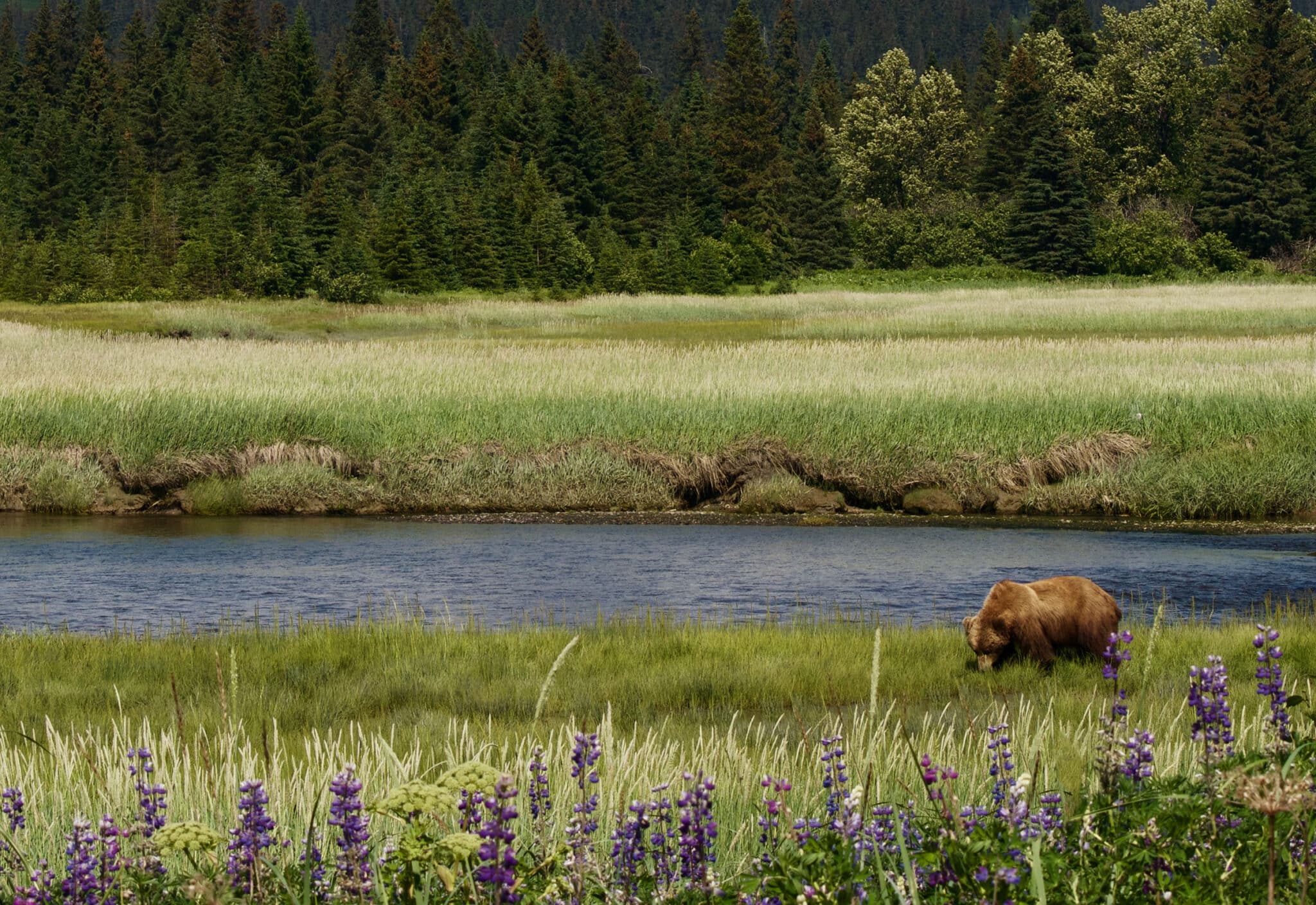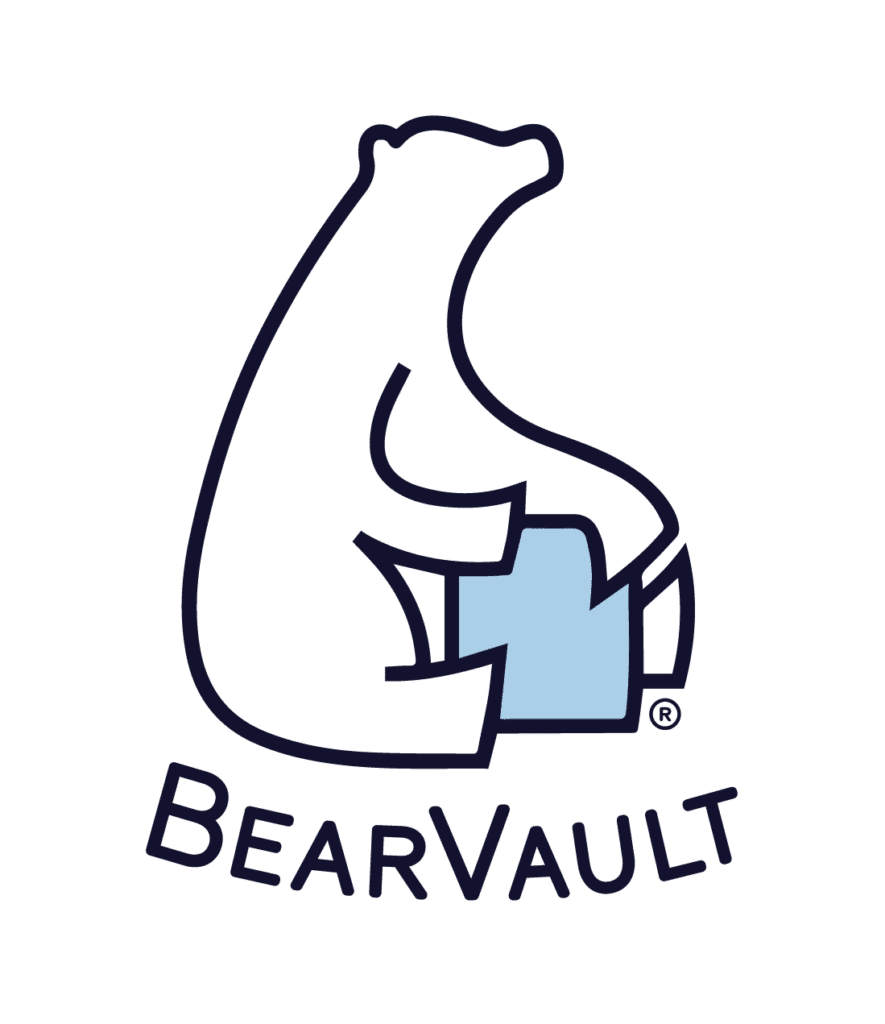Casting a fly line into the water is one of those experiences that has a way of hooking its participants. For many anglers, this passion quickly takes them beyond their neighborhood creek and in search of unpressured waters and scenic vistas. What some don’t recognize is that by leaving their neighborhood they are landing in bears’ neighborhoods. Responsible anglers need to be asking questions like: “Is where I’m fishing bear country?”, “Do I need to protect my fish from bears?”, and “Do I need a bear canister while fly fishing?”
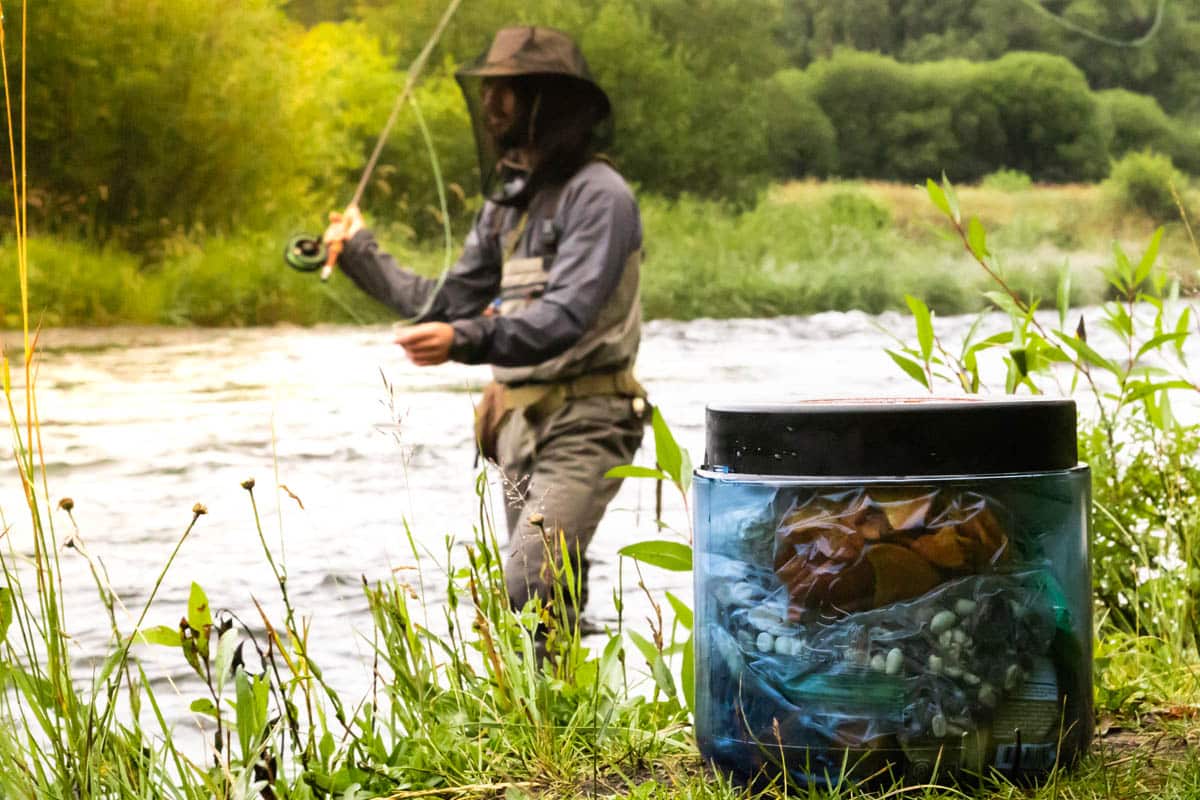
Is where I’m fishing bear country?
Bear habitat is far more expansive than most realize. While most think of massive Kodiak Grizzlies pawing salmon out of waterfalls in Alaska, bears live in most US states. For instance, in Virginia, the black bear population has rebounded substantially and bears have been spotted far from the Appalachian high peaks and instead all the way down in far flung valleys and streams throughout nearly the entire state.
When you hear the distribution of bears in an area, say 2 bears per square mile, you often think they are equally spread out across the area. However, studies have shown that bears like to hang out along the rivers, streams, and creeks where we love to fly fish. A 2017 study of Grizzly Bears in Alberta using radio collars found that bears spend about 20% of their time within 60 meters of rivers and streams. This means that bears love to hang out down by the water (probably dreaming of casting a fly rod to pull out some trophy trout).
When you are fly fishing by the water, you need to know that a bear could be just around the bend drinking water, scavenging, looking for mates, or just hanging out. Take a look at the following map, if you are close to the areas shown, you need to be bear aware!
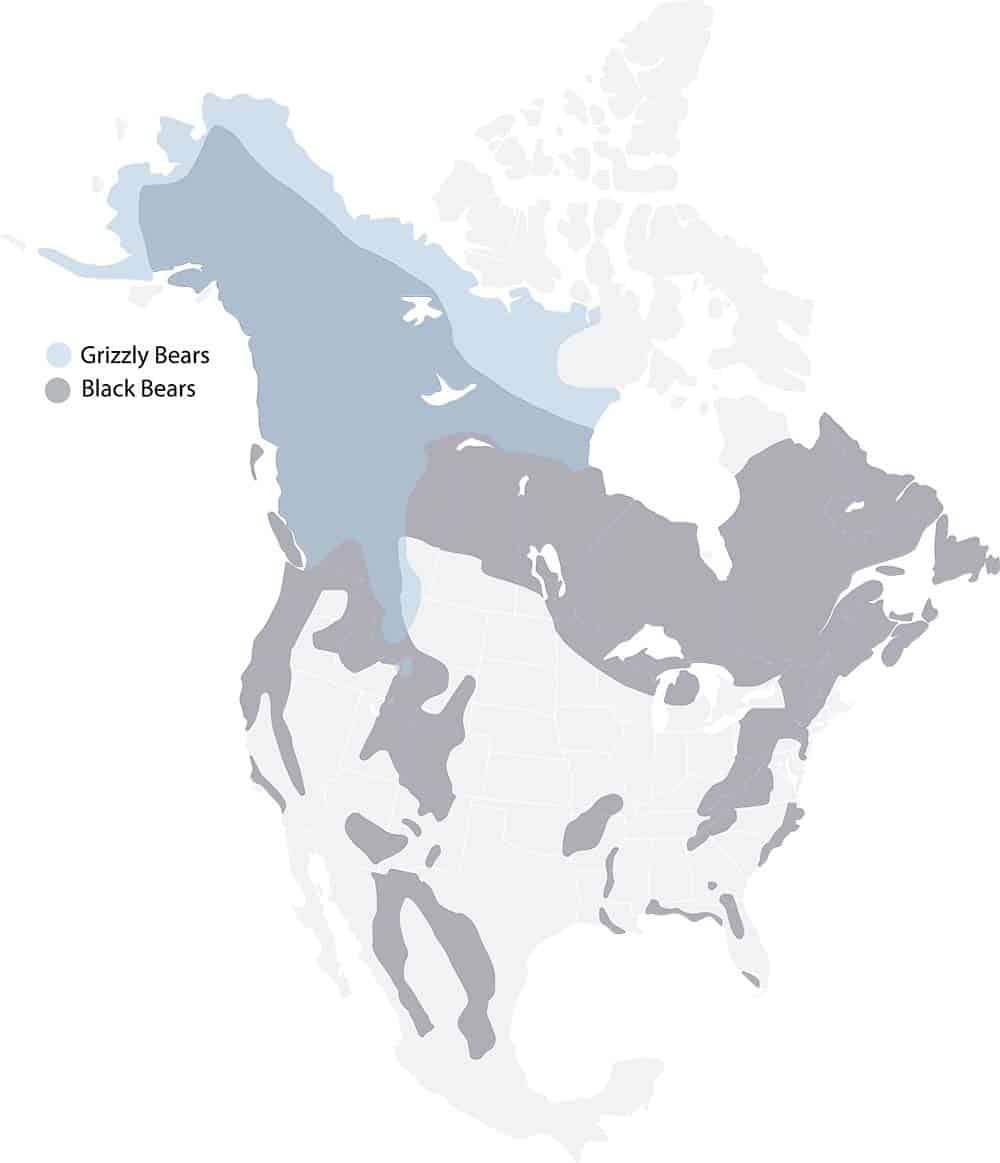
Interested in being a good steward of the land while fly fishing? Check out this podcast from Wet Fly Swing with Leave No Trace as Guests:
Do I need to protect my fish from bears?
When most people think of bears as carnivores, they conjure up images of great chases between ferocious beasts and prey running for their lives. In actuality, bears are omnivores and tend to scavenge mostly. While some bears are excellent at catching fish, (like way, way, way better than you with your 3 weight fly rod and a couple nymphs on the line) your average bear is more focused on easy calories. Grabbing a Mc. Fish at the drive thru window is easier than reeling in a salmon. Bears look at their daily menu the same way.
Foraging on carrion (already dead animals), grubs, grasses, and berries is quite a bit easier than chasing down elk or trying to pull out fish. However, that can all change once an angler like you pulls in a fish that you intend to keep. Those are easy calories sitting out for the taking that a bear won’t need much effort to eat.
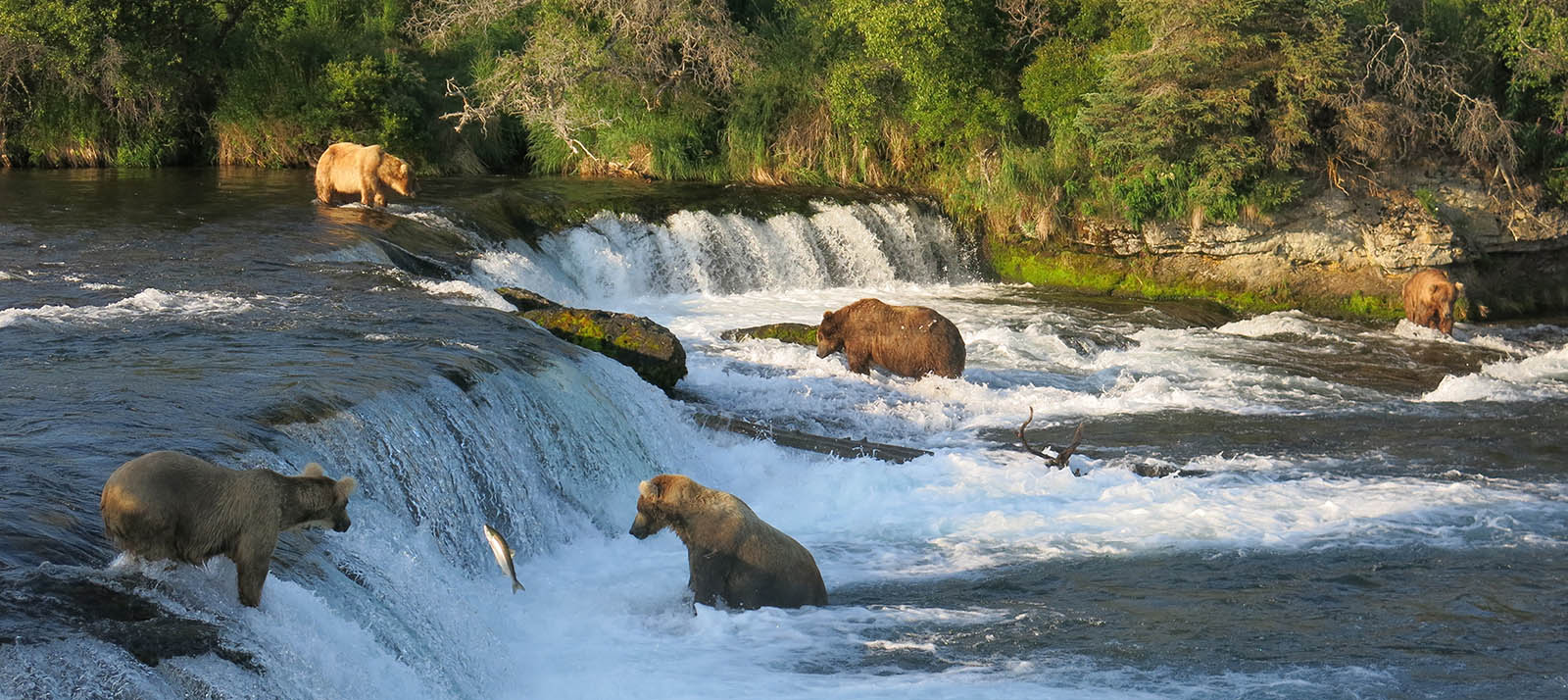
While some bears are simply deterred from the temptation of your fish because you are there, in many places that narrative is changing. Bears are becoming more and more used to humans in their habitat. When it’s not hunting season or they are in protected lands they often get closer and closer to people. This process is known as habituation and is a natural process of coexisting in the same landscape as the bears. However, the moment that a bear accesses human food, be that your fish or your packed lunch, the brain chemistry changes for the bear. They associate the human with easy calories and become food conditioned.
@bearvaultcanisters 👀 A 60 second fly fishing masterclass #flyfishing #fishing #outdoors ♬ original sound - bearvaultcanisters
Food conditioned bears will try all sorts of tactics to get human food. Sometimes, they will slyly sneak up, open the cooler, and disappear into the woods with that trophy trout while you are not looking. Other times, they will act aggressive and bluff charge you in an attempt to separate you from your food. Once you back off, the bear will happily dine on your food. No matter how the bear accesses your food, two things will happen. First, you will go hungry, and depending on if you are out for the day or deep in the backcountry this could be a big problem. Second, the bear will most likely be euthanized. Thousands of bears a year are sadly killed in this manner because they accessed human food and then began to act aggressive toward people.
In summary, as a responsible angler, you hold a duty to protect the wildlife around you. This means you need to stay alert for bears while fishing and properly store your food, fish, and garbage at all times.
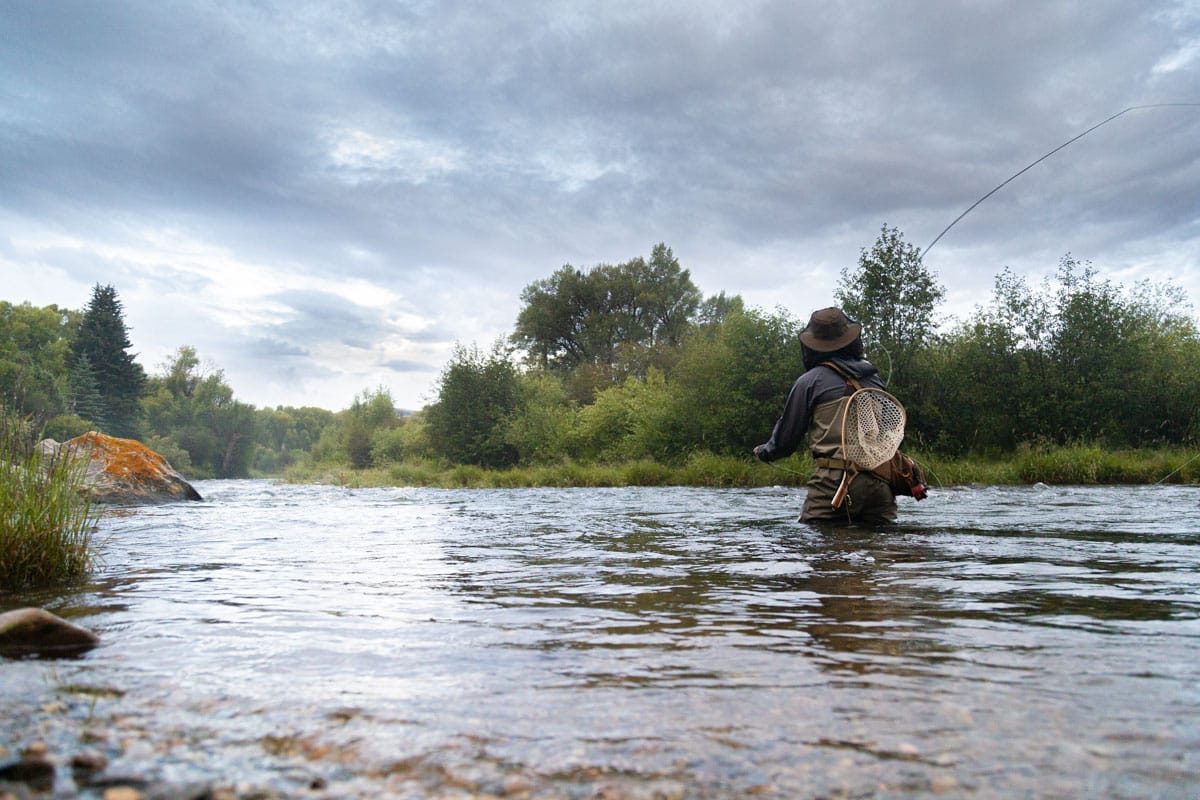
Do I need a bear canister while fly fishing?
The best way to protect bears and your food while fly fishing in bear country is to store your food in a bear canister. If you are out overnight on a backcountry fly fishing trip, storing your food is important both when on the water and at camp. The key is to store all your food, trash, and smellable items in an IGBC certified canister.
Tip: there are sneaky items with a scent. For example, your dry-fly floatant has a scent that can draw in a curious bear. Be sure to check your pockets and think of everything a bear could smell!
If you are out for the day and cannot store all of your food and scented items in your pockets or waders you also need a canister. When wet wading or even fishing from the shore your attention is probably on perfecting your cast and dropping the line just in that perfect pocket of water. What is for sure is that you’re not carefully keeping an eye on the items you have stored on the shoreline. A bear is almost silent as it moves through the forest and can dart out to grab your pack or tackle without any notice. Using a bear canister protects the bear from euthanization as well as your delicious snacks.
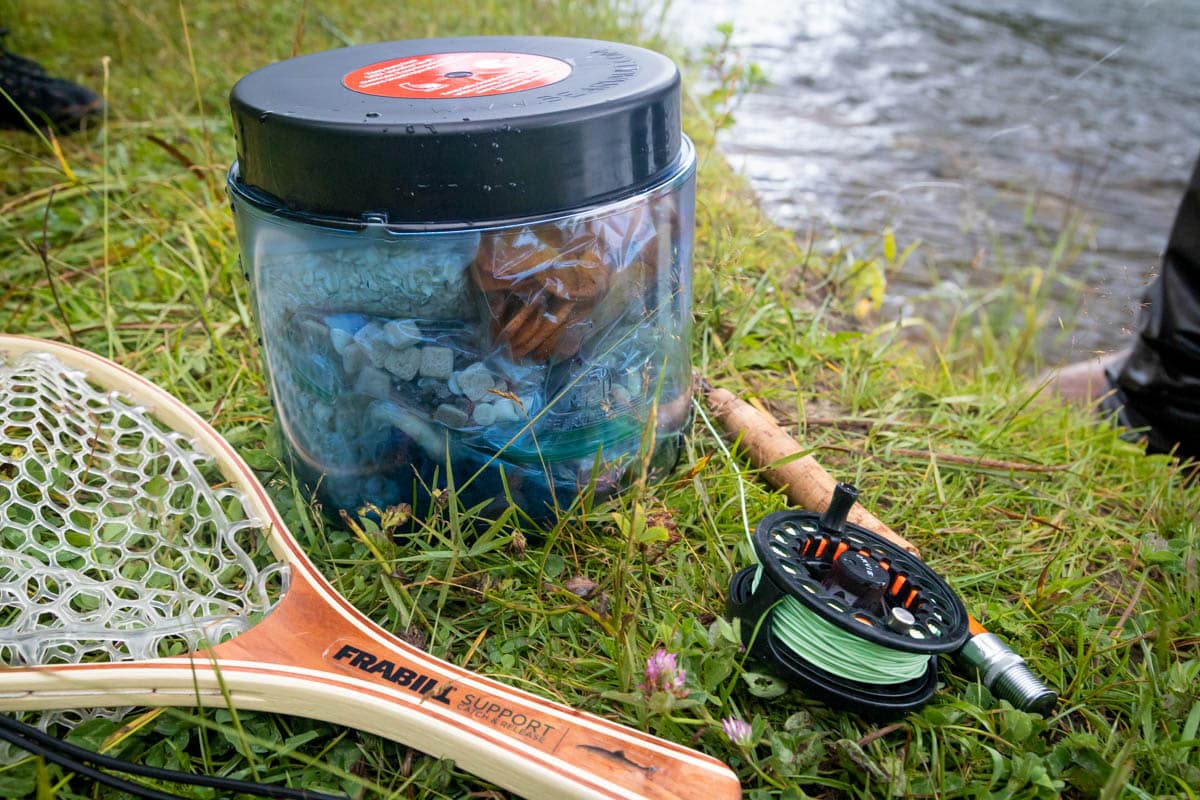
Professional guides use BearVault bear canisters to protect food and fish
Our friends at the Wet Fly Swing Podcast recently had Kirk Bein, owner and guide at Kirk’s fly shop in Estes Park, Colorado on the show to talk about fishing the park as well as best practices for storing your food in canisters around the bears in the national park.
David Gregory and Greg Nespor have years of experience fishing the river, lakes, and streams of Yosemite National park as well as backgrounds in conservation, park management, and ecology. In this episde you can learn how to fish the park like an insider and get inspired to champion conservation in your local waters.

